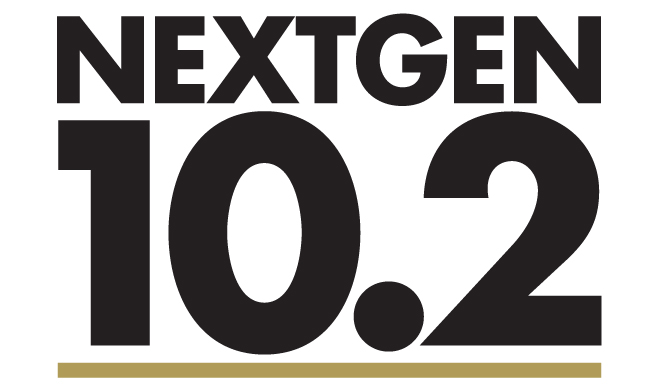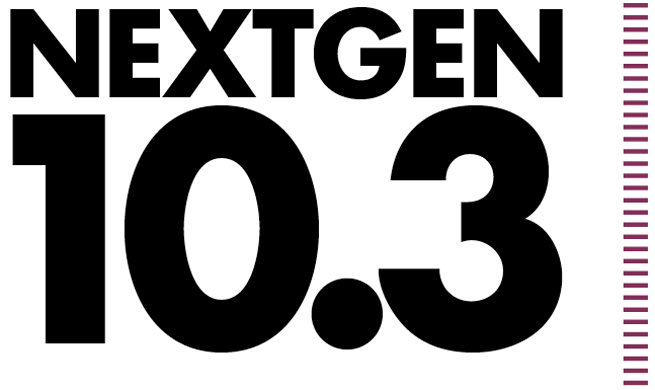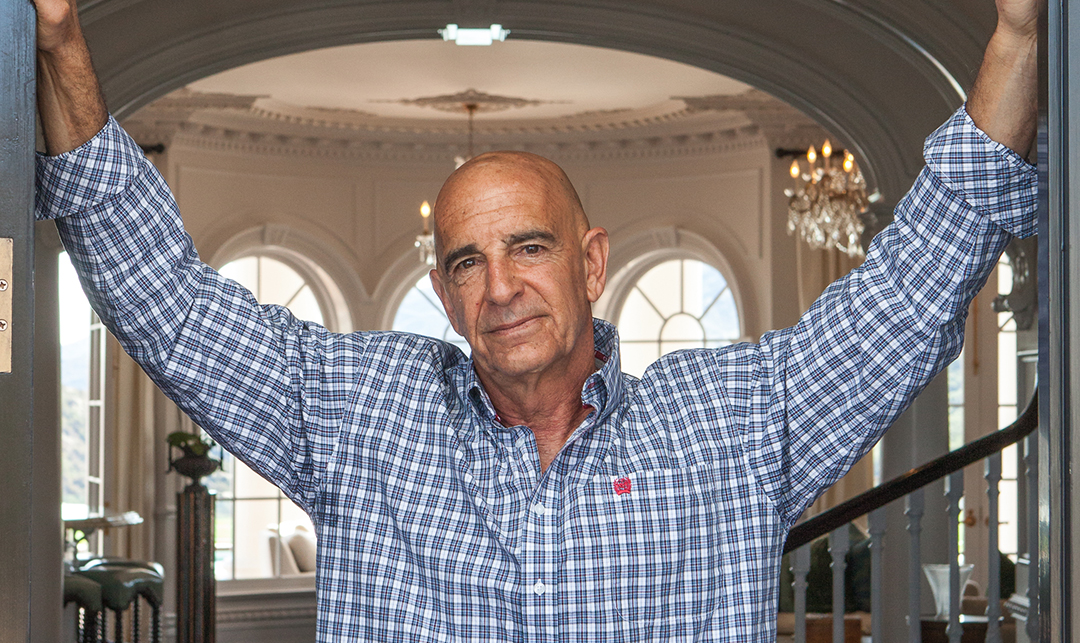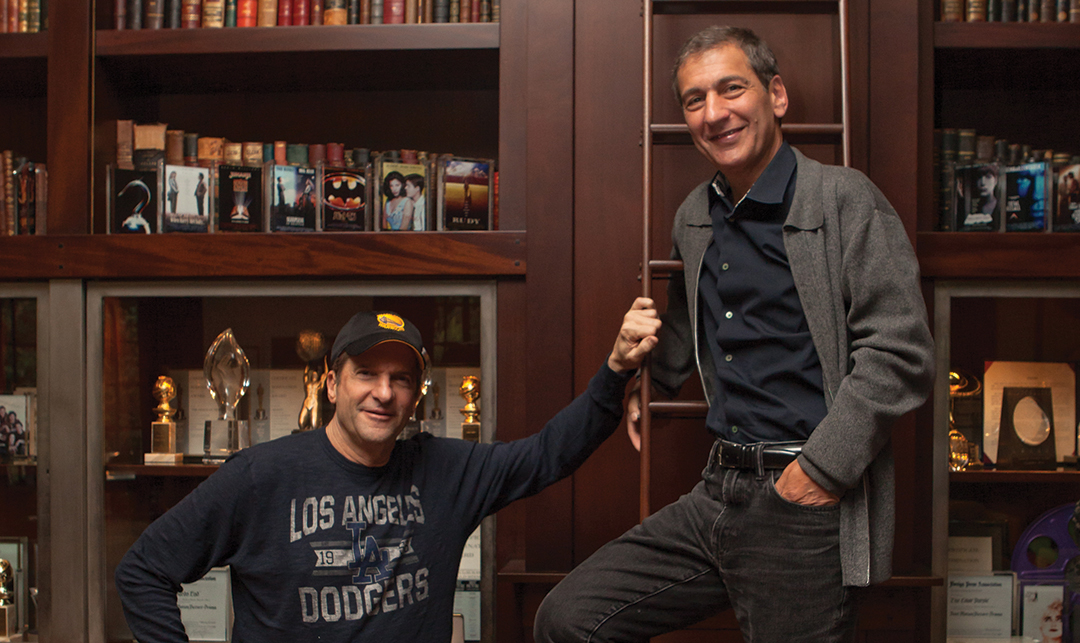Take a moment to travel back to your grade school playground at recess. Can you see it in your mind’s eye? Can you smell the cut grass and wood chips? What was your game? Kickball? Dodgeball? Soccer?
As I think back, I can see the vast expanse of green grass, and the sandbox with swings and monkey bars that made up my alma mater, Los Nogales Elementary School, as though I were there right now. I also vividly recall the nerves and exhilaration that accompanied the age-old practice of choosing teams. I can see myself standing shoulder to shoulder with my classmates, anxious and not knowing what my team and opponent would look like. I can see two of my buddies standing in front of the group as “captains,” and I see a coin suspended in midair waiting to determine our fates. If I’m picked toward the top, it means I’m rather good at today’s game; at other times, I might not be selected so quickly—a reflection of my lack of skills in that particular game. What’s unique about the grade school playground is that it held a surprising objectivity when it came to choosing teams. In that one moment, friendships and bloodlines were set aside—everyone understood selections were made to answer one question: who’s the best? In reality, it isn’t much different from a professional sports draft—only the best are chosen for specific positions. It created excellence and spawned the best battles.
[To read more of Rich Schuette’s thought leadership click here]
Now fast forward to your life today and the many professional and personal decisions facing you. You have carved out your professional niche by building skills and expertise around your strengths; however, as you have narrowed your focus on your particular field, you have lost perspective on what makes people in other sectors the best. Gone are the days of easily sizing up your classmates’ skills on the school yard. We no longer have the ability to know who is improving daily, and who will be picked last. As a CEO, or owner of a closely held or family business, we know how to make our companies the best, but we lack knowledge of the position players who can offer us critical support. In fact, we struggle to know our blind spots, let alone how to build a team of outside professionals to navigate those blind spots.
A true family office is custom built around the needs of the family establishing the structure.
In this first of a three-part series, I’ll explain how you can create the best team possible to support what you are doing at home and at work, and how to bring those things together to accelerate your path to your optimal financial future.
Today’s world is full of choices. The options for potential position players are overwhelming. In fact, there are over 300,000 Financial Advisors in the US, of which roughly 25% are CFPs. Add to that over 600,000 CPAs (this figure does not include all the other tax professionals like EAs and bookkeepers), 1.35 million lawyers, and 1.2 million insurance brokers, agents and service personnel—you start to see how difficult it is to determine who is qualified, let alone the best. The biggest problem you face as a business owner is that most of these professionals serve you in their area of expertise and are not able to see the big picture. If they are able to fathom a fraction of the greater context, they will often simply make a referral and fail to work collaboratively with the professional they suggested. This leads to conflicting directives and avoidable conflicts.
With so many professionals to choose from, how do we even begin to pick our team? How do we vet our position players when we no longer have a grasp of what makes them good at what they do? How do we feel confident when we’ve never seen them play? In a world where the Ultra-Affluent are able to hire their own in-house team, most of us in mainstream American businesses are left to fill in the holes after we learned things the hard way. With few tools to gauge players, we resort to recommendations from a neighbor while sharing a beer, or from an in-law over the holidays, or in the best case, a referral from a trusted resource despite us having little knowledge of how they scrutinize their network.
The practice of the Ultra-Affluent hiring their own in-house team of professionals is often referred to as a family office. This effective yet costly model is not an option for most of us running businesses. In fact, unless you have a net-worth of over $100 million, you will not be able to cost effectively implement this type of solution. I would argue that you need at least $250 million for it to be most cost effective. But what is a true family office?
A true family office is custom built around the needs of the family establishing the structure. At its most basic level, it functions as an in-house wealth management firm that takes care of investment oversight, tax planning, estate planning and charitable strategies. Additionally, these structures can be customized to also handle tax compliance, private banking and trust services, record management, budget management, bill paying, bookkeeping, family education, support services and governance. The family office can review jet leases, hours logs, personal shopping and even dog walking. A basic family office typically costs the family more than $500,000 a year in salaries, fees and outside services.
The paradox facing all business owners and executives is that we too need a customized team to serve our unique financial needs, however, most of us do not have the wealth to support it. The market saw this need and attempted to bring these services downstream in the form of a multi-family office. Similar to a family office, the multi-family office is created by an outside firm that caters to a handful of families with net-worth’s just under $50 million. Multi-family offices, however, are frequently built with professionals that are affordable, or willing to work as a W-2 employee. While there are many talented service professionals working in these roles, I’ve found that the most informed, talented and creative are those who worked in private practice before they formed their own family office. These multifamily office professionals are stifled by the limitations of their clients and are unable to offer a wide variety of ideas and solutions.
Enter the Virtual Family Office (VFO). Think of this as a team of the best advisors you can find bound together by a common thread—you! They serve similar clients with complex issues. The VFO is a full-on family office of independent advisors collaborating together. Working on real issues at the same table, they bring their best ideas to be critically heard and vetted allowing each idea to be strength tested. The ideas live together and drive solutions that eliminate blind spots. A properly constructed VFO consists of professionals dealing with every issue that a family office team faces. Aside from an investment strategist, the VFO team has a CPA, an estate planning attorney, a highly qualified life insurance professional, a bookkeeper, a banker, property and casualty professionals for both home and office, business transaction attorneys, a valuation expert and M&A experts.
Once you find an advisor that can assemble a VFO for your particular needs, you should have them work with you to complete a formal stress test of your situation. In a study of family offices, conducted by AES Nation, it was found that over 90% of family offices surveyed conducted annual stress tests with external professionals to assess the assumptions they are making and the solutions they are providing–over 90%! When was the last time your business conducted a stress test? Conducting a stress test will show you where your blind spots are. A stress test properly done, will give you the information you need to know what your advisors should be working on for you. It will also help you identify whether you have the right team of professionals guiding you. It will, for a moment, allow you to gauge the skills of your classmates, make educated decisions about players for key positions, and ensure you’re picking the best for your team.
In the next installment, we will talk more in depth about each of the professionals that you need to surround yourself with and the role they play in getting you to your ultimate financial destination. If you are interested in finding resources to help you with your own stress test, reach out to your most trusted advisor, or feel free to contact one of our team members for more information.
[For more on Avalon’s approach to Wealth Management click here]













































